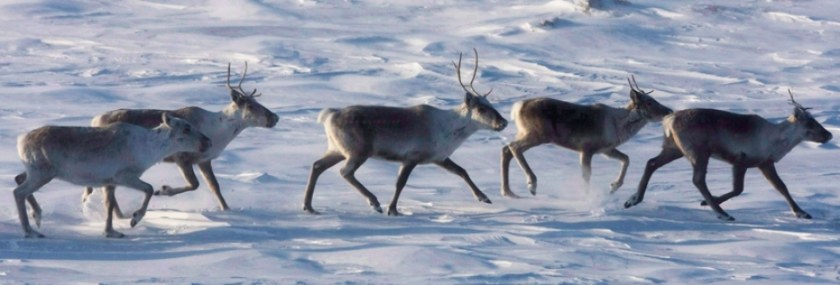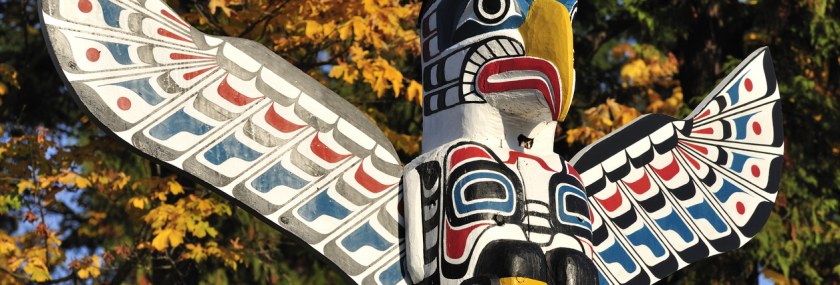-
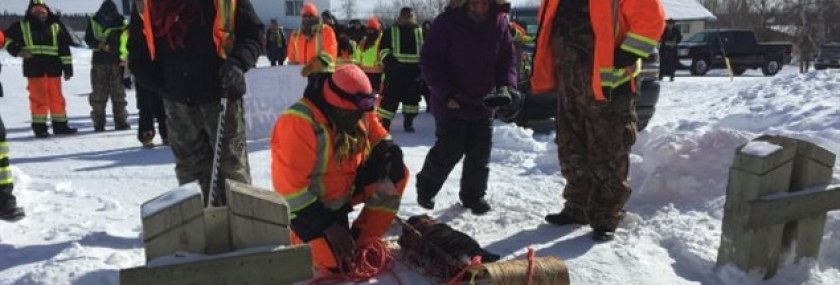
Norman Shewaybick, accompanied by his two sons, walked 17 days in what they call the “Healing Journey Home 2016“. It was in fulfillment of a promise Shewaybick made to his wife, Laura who died when the oxygen supply ran out at the nursing station in their home community. Beginning in mid-February, the trio walked north from Thunder Bay, Ontario, dragging a toboggan with an […]
-
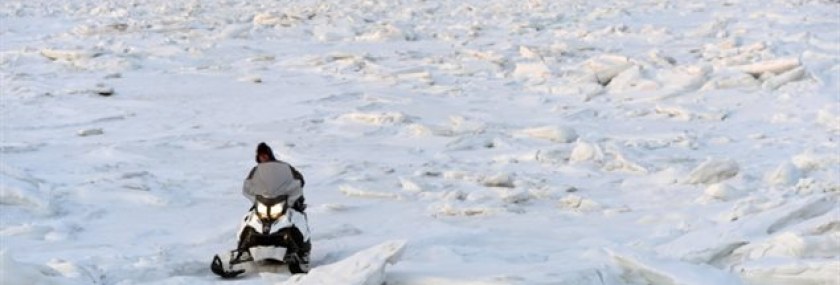
The well-being of northerners in Canada Arctic compares poorly with people in other polar regions of the world, according to a long-running study. Canadians rank at best in the middle of the pack on infant mortality, tuberculosis, fatal accidents, homicide or suicide, reports the second Arctic Human Development Report.
-
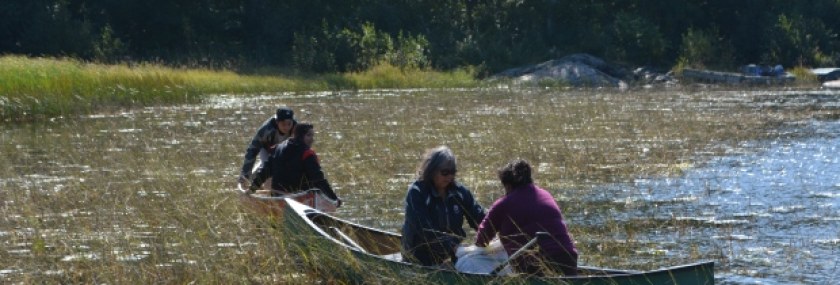
Wild rice was once a critically important food source for aboriginal tribes from the southern parts of the province of Manitoba to parts of Quebec and in the US around the Great Lakes. Five years ago the community of Wikwemikong on Manitoulin Island in Lake Superior began a wild rice restoration programme and began harvesting this fall.
-
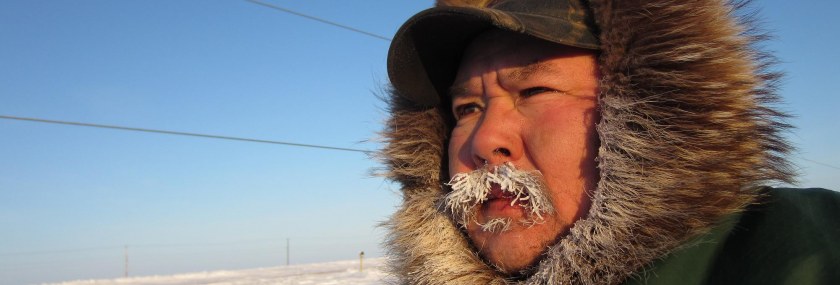
Arviat, a predominantly Inuit community of 2800 people in Canada’s eastern Arctic territory of Nunavut, has long been plagued by the increasing number of rogue polar bears in the community. Nobody is quite sure why the problem is becoming more common, but the worries it has created are shared by all residents. Sled dogs and property have been attacked. And parents and locals have […]
-
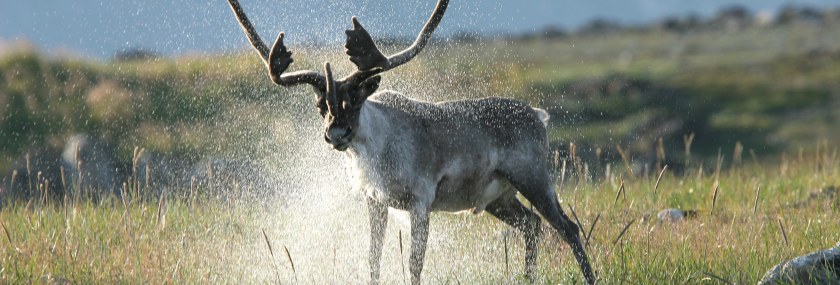
Caribou is central to Inuit and First Nations cultural life in northern Canada. But the decrease in the numbers of certain herds is causing concern in many aboriginal nations. In northern Quebec and the neighbouring province of Newfoundland and Labrador, the George River herd has declined to alarming numbers, from 800, 000 animals 30 years ago to some 27,000 animals today. There are also […]
-
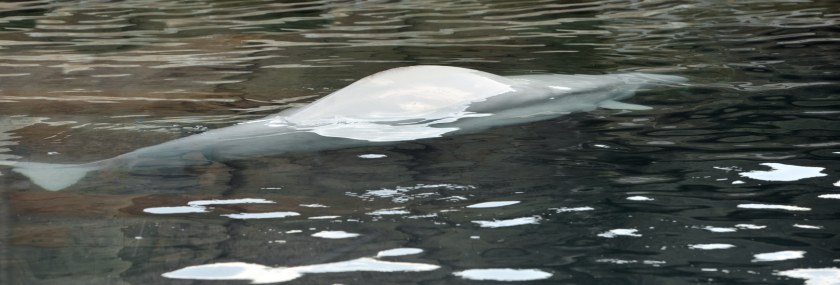
A new narwhal management is in place in Canada’s eastern Arctic territory of Nunavut.(Kristin Laidre / NOAA / AP) Narwhal is an important species in Canada’s North. To local Inuit communities it’s a source of food and sustenance and can provide a small source of income. Issues around the conservation and preservation of the animal are the subject of ongoing discussions. What’s the […]
-
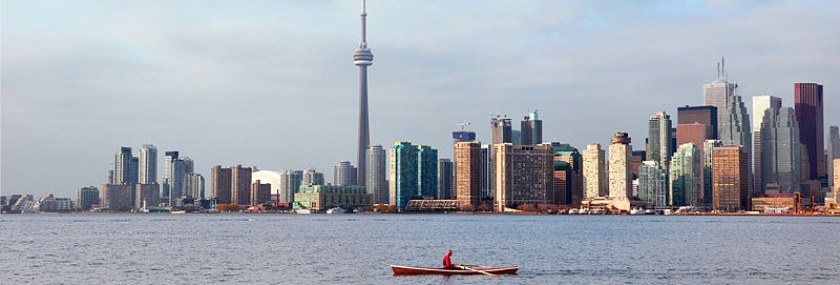
The largest study ever conducted on aboriginal people living in Toronto has discovered a divided community. As The Link’s Toronto correspondent Lyne-Francoise Pelletier tells us, while the city has a thriving aboriginal middle class, for many urban aboriginals, meeting basic daily needs still remains a challenge. https://www.rcinet.ca/autochtones-en/wp-content/uploads/sites/70/2013/10/Study-takes-a-closer-look-at-aboriginals-living-in-Toronto.mp3

